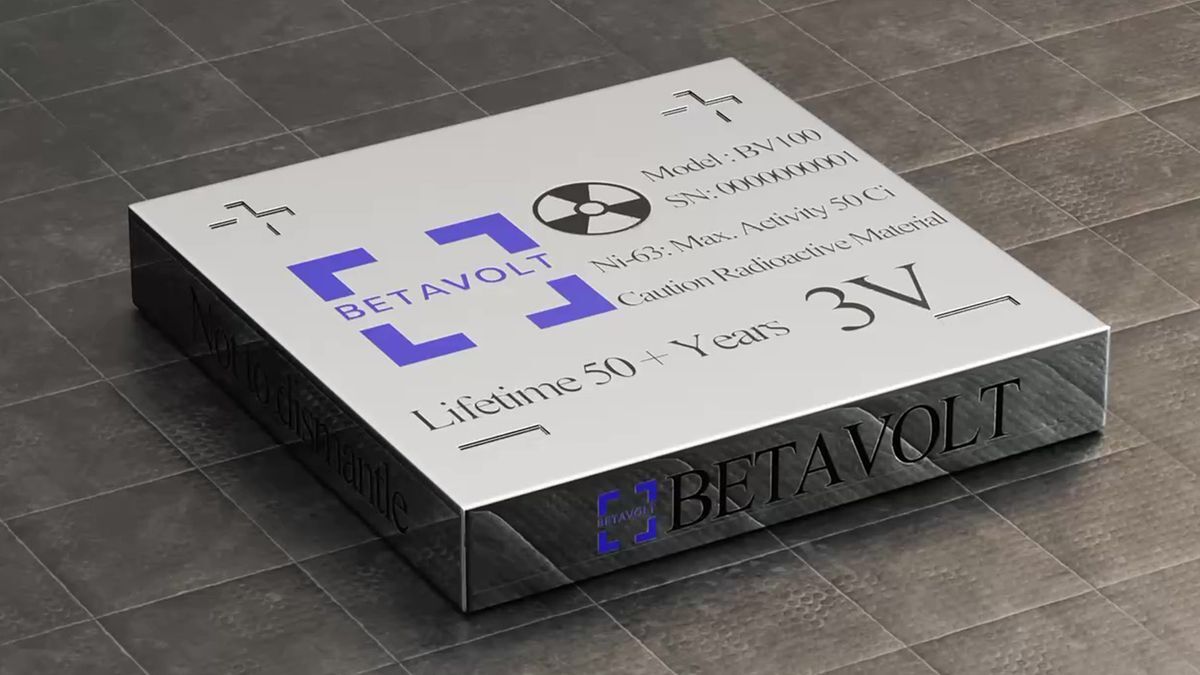- cross-posted to:
- technology@lemmy.world
- cross-posted to:
- technology@lemmy.world
Fallout universe timeline, here we come!
Perfect, my phone will outlast me
Depending on how radioactive the battery in your pocket is, that’s not hard.
Some of the first pacemakers used radioactive batteries. We left that concept pretty fast. And that is considering you have to cut your patient open to change a pacemaker battery. This will not happen in commercial cellphones
100 microwatts? What does a phone use, like 1W? So they are 4 orders of magnitude off? So phones need to become 10,000 times more efficient or the battery that much bigger?
Edit: Also what is the language of the article? “63 nuclear isotopes”, it sounds like they mean “63 [different/individual atoms of] nuclear isotopes” but do they mean “nickel-63” by this? It is very confusing. Nickel-63 also has a half-life of 100 years, so if the battery is supped to last for 50 years, it has to be producing twice as much energy on day one that is discarded?
Betavolt is planning to boost its tech to produce a 1-watt battery by 2025. And while it still has some way to go, the company seems confident stating development is way ahead of European and American scientific research institutions and enterprises.
RemindMe! 1 year repeat
This is physically implausible. Also self proclaimed advances without 3rd party proof are less than worthless.





